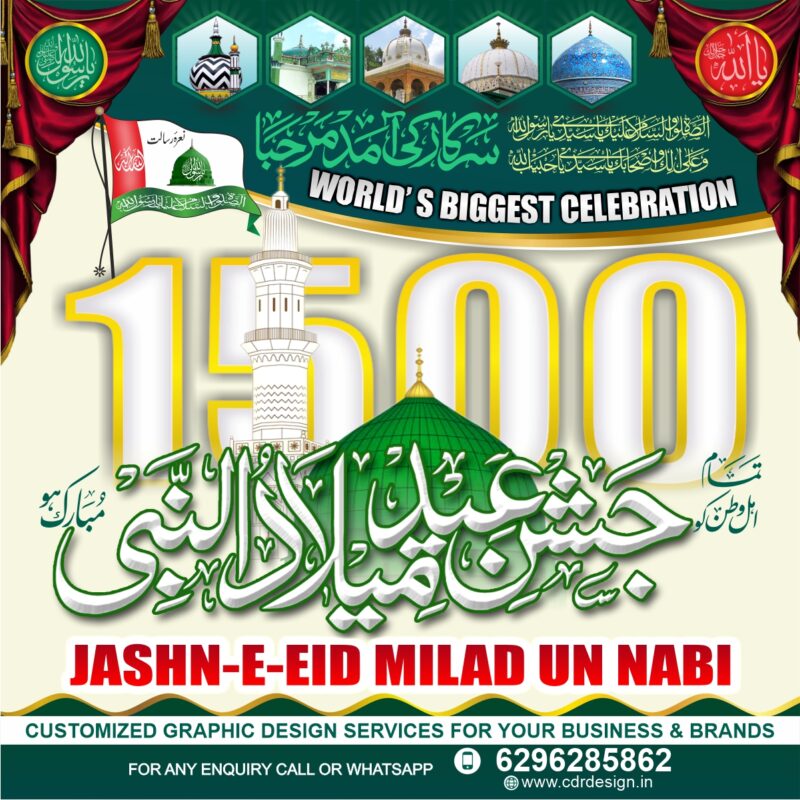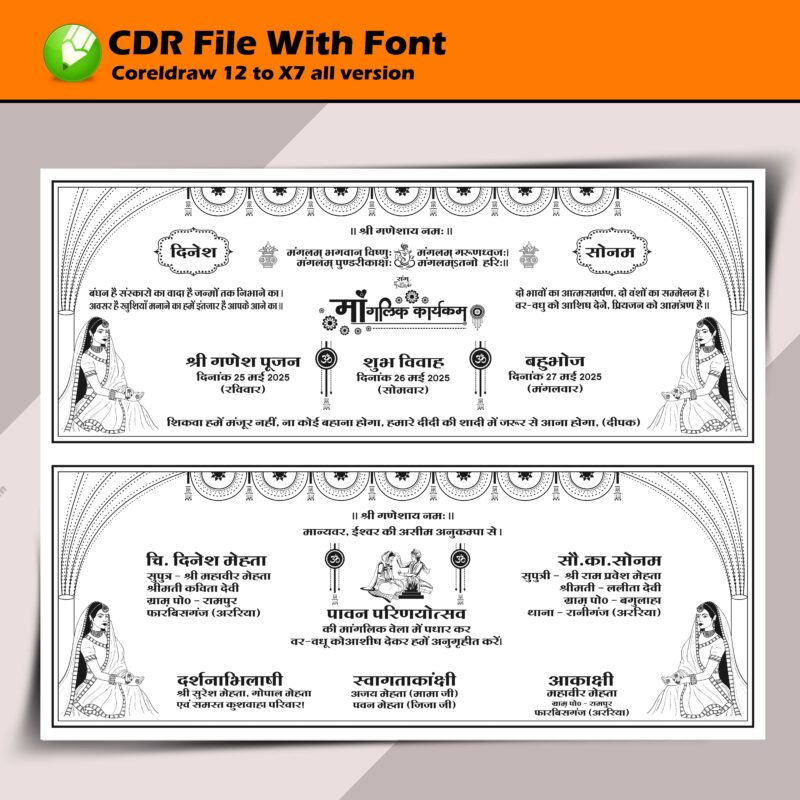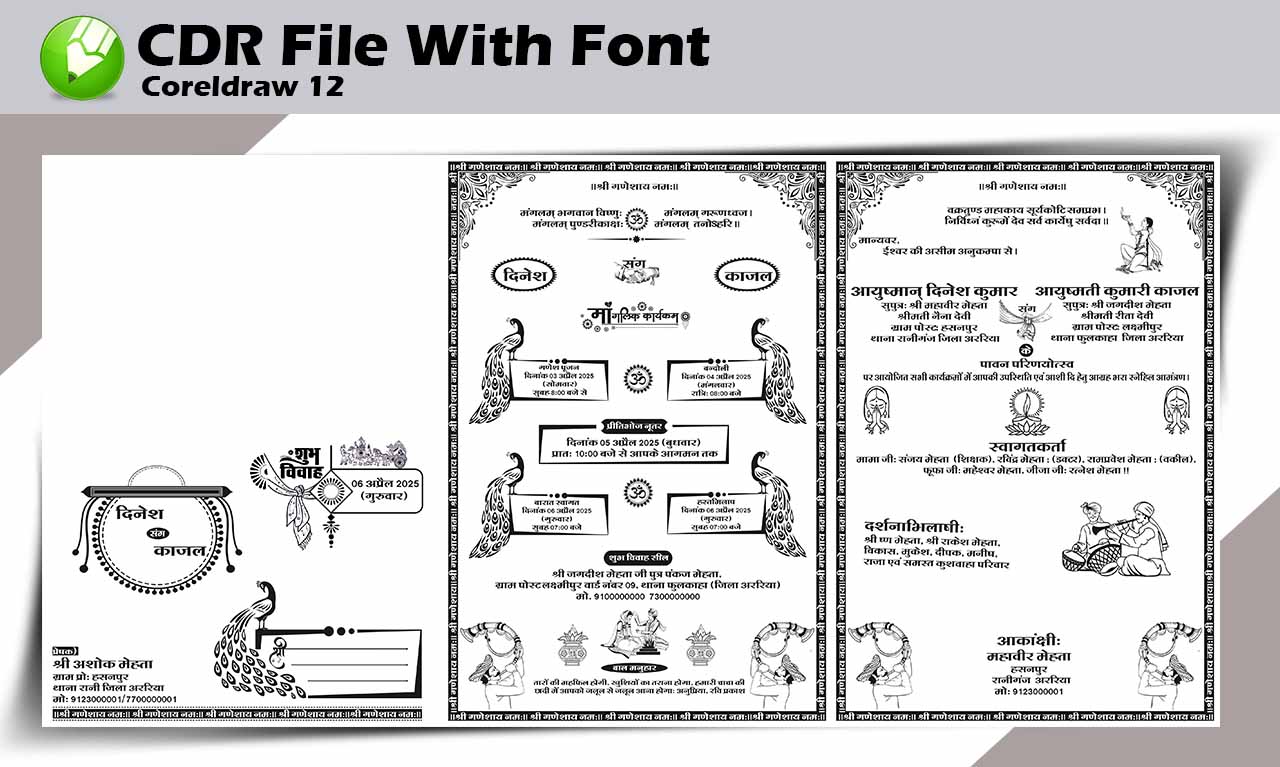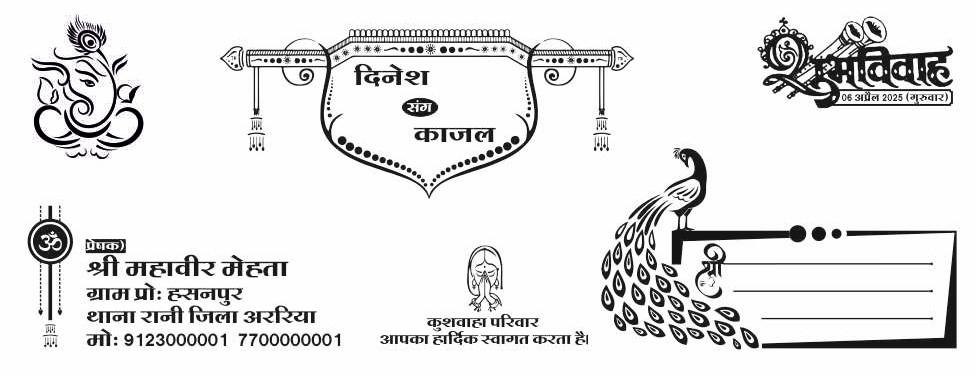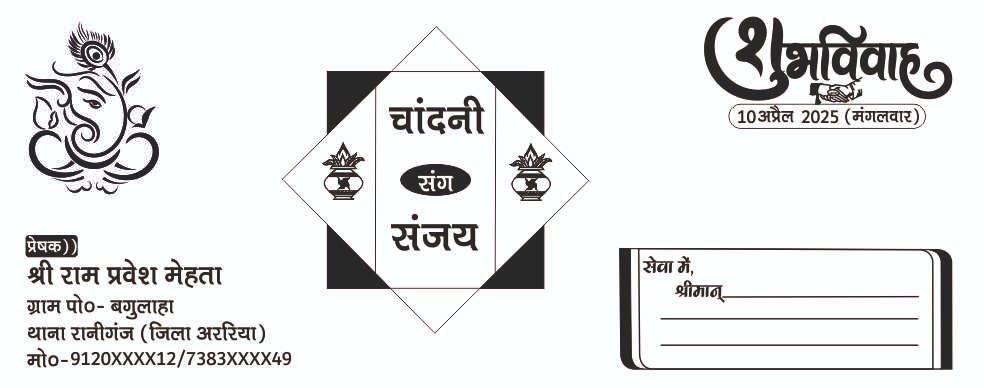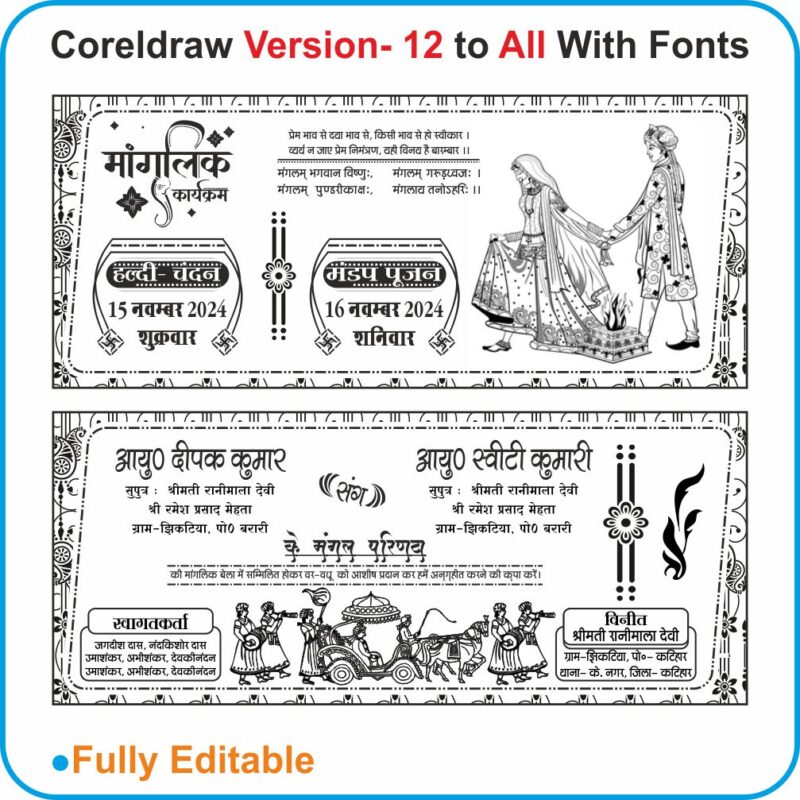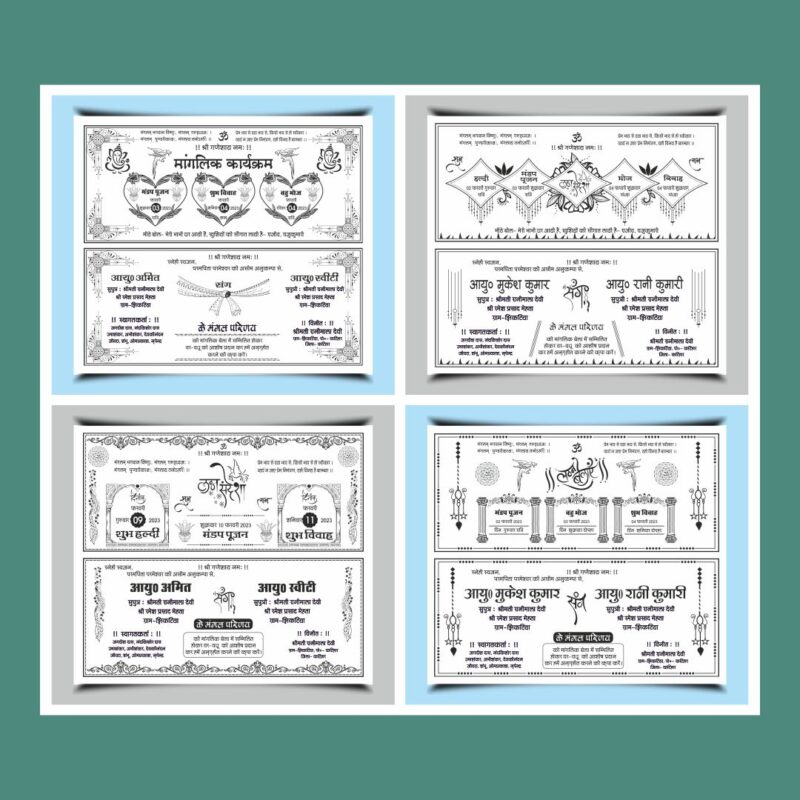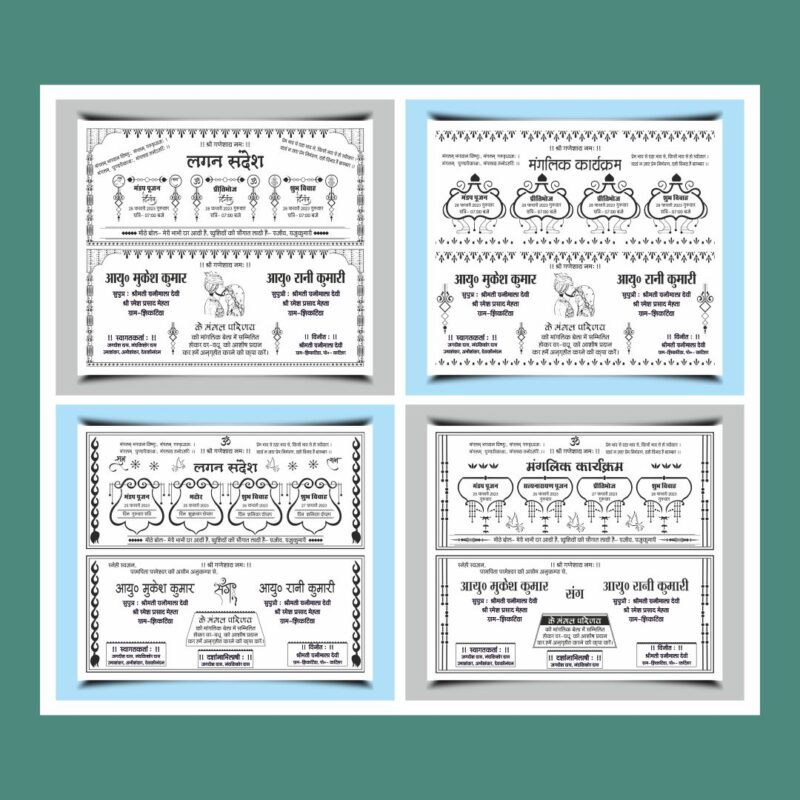Complete Guide to the Urdu Calendar 2026 & Islamic Calendar 2026 CDR File : CDR Files Downloads

The Complete Guide to the Urdu Calendar 2026 CDR File & Islamic Calendar 2026 CDR File is the definitive professional resource for graphic designers, publishers, and printing presses requiring meticulously crafted, ready-to-use calendar templates for the upcoming year. This unparalleled resource provides instant CDR Files Downloads, cdrdesign.in par guaranteeing immediate access to fully vectorized, high-resolution data that seamlessly integrates the standard Gregorian solar calendar with the specific chronology of the lunar Hijri (Islamic) calendar and the traditional Urdu date system, often vital for South Asian markets. The downloadable packages ensure complete accuracy for all twelve months of 2026, marking critical religious observances (such as Eid al-Fitr, Eid al-Adha, and major Islamic dates), regional public holidays, and the precise corresponding Urdu and Arabic months. Delivered in the industry-standard CorelDRAW (CDR) format, these files offer absolute customizability, enabling users to effortlessly modify typography, color schemes, layout dimensions, and language variations without any degradation in quality, making them an indispensable, time-saving asset for producing professional, error-free commercial calendar products, ranging from wall charts to desk planners.
Thank you for reading this post, don't forget to subscribe!Introduction to the Islamic Calendar
The Islamic calendar, known as the Hijri calendar, is a purely lunar calendar used by Muslims worldwide to mark time and determine religious observances. Its epoch, or starting point, is the Hijra—the momentous migration of Prophet Muhammad from Mecca to Medina in 622 CE. Comprising twelve lunar months, each year is approximately 354 or 355 days long, making it about 10 to 11 days shorter than the solar Gregorian calendar. Consequently, Islamic holidays and festivals, such as Ramadan and Eid, shift earlier by roughly ten days each year relative to the Gregorian calendar, cycling through all seasons over time and maintaining a unique rhythm for the global Muslim community. cdrdesign
Understanding the Hijri Calendar 2026
Understanding the Hijri Calendar in relation to 2026 reveals its fundamental difference from the solar Gregorian system. The Hijri calendar, a purely lunar calendar comprising 12 months, follows the cycles of the moon, resulting in a year of approximately 354-355 days. This makes it roughly 10-11 days shorter than the Gregorian year, causing its months and associated Islamic holidays to drift earlier through the Gregorian calendar over time. Therefore, the Gregorian year 2026 will encompass parts of two Hijri years: primarily the latter half of 1447 AH and the early months of 1448 AH. For followers of Islam, knowing this shift is crucial for observing religious duties like Ramadan, Eid al-Fitr, Eid al-Adha, and the annual Hajj pilgrimage, as these dates will occur differently within the Gregorian months compared to previous years, underscoring the dynamic nature of Islamic dates when viewed through a solar lens.
Introduction: The Significance and Structure of the Islamic Calendar
Calendars are fundamental tools for organizing time, structuring societies, and marking significant events. For over a billion Muslims globally, the Islamic calendar, known as the Hijri calendar, holds paramount spiritual, historical, and cultural importance. Unlike the solar Gregorian calendar used predominantly worldwide, the Hijri calendar is strictly lunar, a characteristic that imparts both uniqueness and specific challenges regarding its precise synchronization with solar-based systems.
The Hijri calendar commenced with the migration (Hijra) of Prophet Muhammad (peace be upon him) from Mecca to Medina in 622 CE. It consists of twelve lunar months, each beginning with the confirmed sighting of the new crescent moon (hilal). This observational basis results in a year of approximately 354 or 355 days, making the Islamic year roughly 10 to 11 days shorter than the Gregorian solar year. Consequently, Islamic months and holidays gradually shift across the Gregorian calendar over time, cycling through all seasons over a period of about 33 solar years.
The Islamic calendar for 2026 (1447 AH – 1448 AH) continues a tradition rooted in divine revelation and historical practice, governing the spiritual lives of Muslims globally. Its lunar nature, while deeply significant, presents inherent challenges in absolute synchronization with solar calendars, necessitating a clear understanding of its principles and the provisional nature of projected dates.
This paper has provided a detailed overview of the Islamic calendar’s foundations, offered astronomically estimated dates for 2026, and addressed the contemporary need for professional digital resources. CorelDRAW (CDR) files stand out as an excellent solution for producing customizable, high-quality Islamic calendars, offering unparalleled flexibility for design, modification, and professional printing. While direct “downloads” are context-dependent, understanding the methodology for creating and responsibly acquiring these files empowers organizations and individuals to disseminate accurate and aesthetically pleasing Islamic calendar information. By bridging traditional principles with modern design tools, communities can effectively plan, educate, and celebrate their religious and cultural heritage in the upcoming year and beyond.


